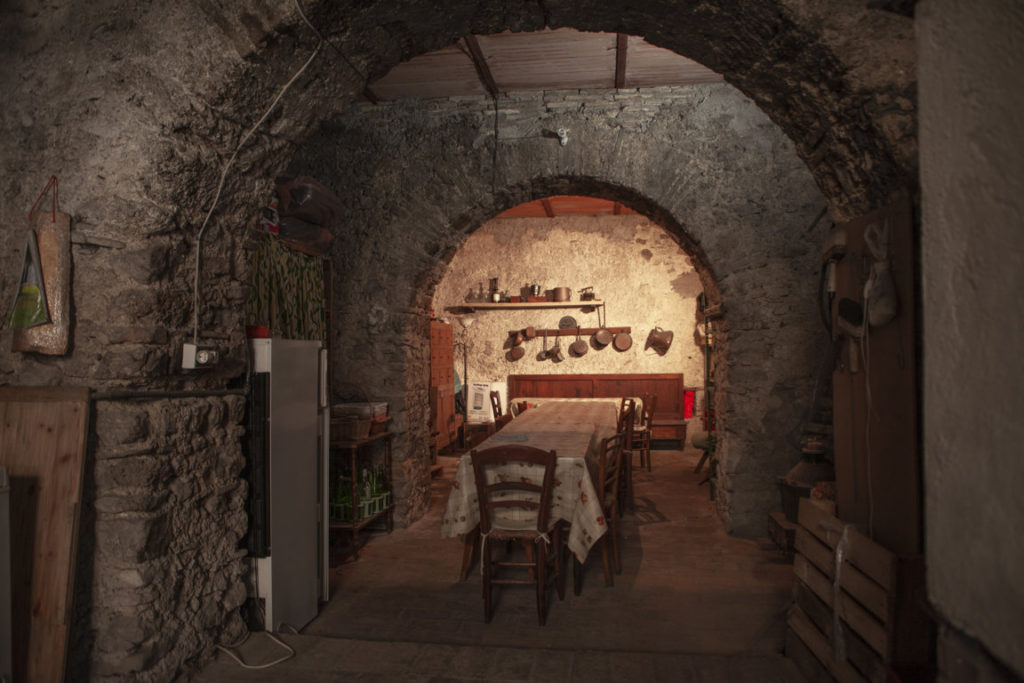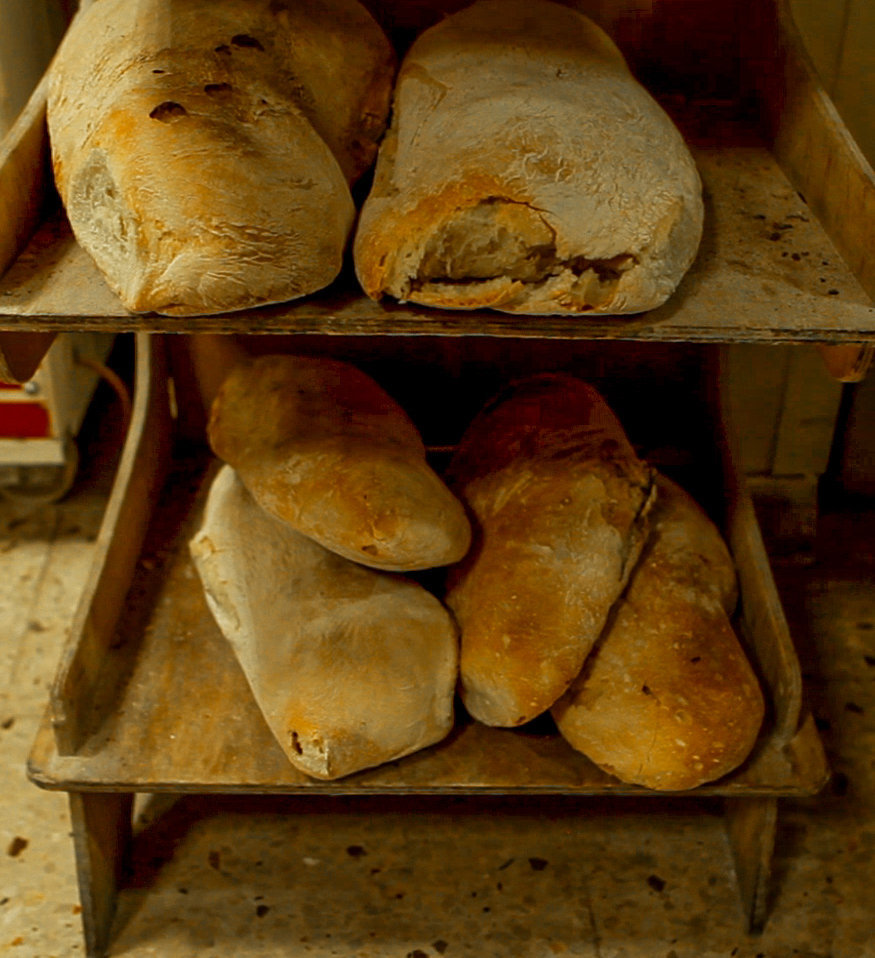The wheat cycle in Mompeo
Wheat has long been the foundation of nourishment for peasant societies and civilizations throughout the Mediterranean.
Mompeo is no exception. It was a Roman province during a time when Rome primarily produced spelt, a cereal more suited to the humid soils of the Pontine plain.
Even before their widespread use in the Middle Ages, it was the Romans who perfected the water mill for processing wheat—a grain that, unlike spelt, found extensive cultivation space in the Sabine countryside.
In these lands, the production of wheat and olive oil has always gone hand in hand.
From a historical and archaeological perspective, the Roman villa and the Roman bridge that carried water to the mills on the Farfa stand as evidence of this ancient union. Until just a few decades ago, wheat was still cultivated beneath the olive trees, growing under their green canopies and giving the landscape a distinctive and enchanting character.
Historically, the tradition of wheat-based products in Mompeo—just as in other towns of Sabina—is tied to the Reatina plain, a particularly fertile area for cereal cultivation. In the late 1800s, this plain was identified by Nazareno Strampelli, a brilliant agronomist of his time, as the ideal ground for his wheat hybridization experiments, aimed at improving the genetic quality of the crop.
Strampelli obtained the first experimental Chair of Wheat Cultivation in Rieti, and from there developed various wheat types, including the renowned Senatore Cappelli. Many inhabitants of the time sourced their seed wheat from Rieti and sowed it in their own fields.
The use of local grains, often brought in from the nearby Reatina plain, allowed for the production of high-quality flours, which were used to make local specialties such as bread, pizza, pastries, and Maccheroni ‘a fezza—a traditional dish of Mompeo.
Mompeo’s deep-rooted connection with wheat and its products is also reflected in the long-standing tradition of breadmaking. This is evidenced by the presence of three ovens that remained active until the 1970s.
Many still recall, in a sensory way, the aroma of bread wafting through the entire village.
The presence of so many ovens, especially given the village’s small size, was due to the fact that, at the time, not only did each family prepare their own bread at home and then take it to bake alongside other villagers, but Mompeo also had around fifteen hundred inhabitants—more than double its current population.
And since nearly every rural household had its own private oven, the “upper ovens” served the families living in the village centre. Those who did not bake their own bread at home had to trade flour in exchange for a piece of bread, whose weight would correspond to the quantity of flour the family could provide.
Mompeo bread was even sought out by people from outside the village, being considered of particularly high quality.
When the ovens ceased operation, this tradition was carried forward by Rosalba Cortegiani. In the early 1980s, she opened a high-production, family-run bakery, which now supplies nearly the entire Sabina region, even reaching supermarket shelves from Rieti to Rome.
Rosalba’s bakery is thus the direct continuation of Mompeo’s breadmaking tradition—no longer just a local product, but one whose reputation extends far beyond the village itself.
The bakery operates within a matriarchal structure, as the bread recipe was passed down to Rosalba by her mother, and then passed on to her son and daughter-in-law. Even today, at eighty-six years old, her mother still oversees the work of the bakery’s employees—most of whom are foreigners who have lived in Italy for many years.
For Rosalba, the success of her bread lies not only in having inherited the spirit of an ancient tradition but also in having preserved the use of wood-fired ovens within her facility.
This element has been included in the Register of Intangible Heritage of local interest of the Municipality of Mompeo, as part of Intervention 4 “Activation of the Observatory on the Intangible Cultural Heritage of the Territory through the application of the REIL methodology – Register of Intangible Heritage of Local Interest”, within the “ MOMAC – MOMPEO UN MODELLO DI ACCOGLIENZA” project, funded by the NRRP (National Recovery and Resilience Plan), Mission: Digitalisation, innovation, competitiveness, culture and tourism, Component: Tourism and culture 4.0, Investment 2.1 “Attractiveness of villages” CUP C79G22000000006.



